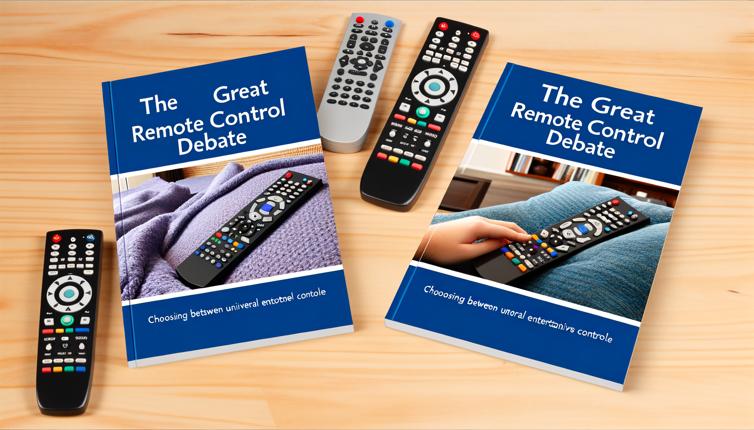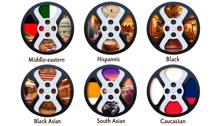Traditional Remote Controls
Traditional remote controls are the standard option that comes with most devices, such as TVs, DVD players, and audio systems. They are specifically designed to control a particular device and usually have dedicated buttons for various functions.,One of the advantages of traditional remote controls is their simplicity. Each button has a specific purpose, making it easier to navigate and control the device. Additionally, traditional remotes often have a straightforward layout, with buttons arranged logically for quick and intuitive use.,However, one of the drawbacks of traditional remote controls is the need to juggle multiple remotes if you have several devices. For example, if you want to watch a DVD and adjust the volume on your TV, you will need to switch between the DVD player remote and the TV remote. This inconvenience can be frustrating, especially if you frequently use multiple devices.,Furthermore, traditional remotes may not have the advanced features and capabilities of a universal remote. They may lack programmable buttons, backlighting, or the ability to control multiple devices simultaneously. If you prefer a more streamlined and versatile solution, a universal remote might be the better choice.
Universal Remotes
Universal remotes are designed to control multiple devices from different manufacturers. They are programmable and can be customized to perform specific tasks or control a combination of devices.,One of the key advantages of universal remotes is their ability to consolidate multiple remotes into one. With a universal remote, you can control your TV, DVD player, audio system, and other devices with a single remote, reducing clutter and simplifying your entertainment setup.,Additionally, universal remotes often come with programmable buttons, allowing you to assign specific functions to them. This customization can be useful if you have personalized preferences or frequently use certain commands. Some universal remotes also offer advanced features like touchscreen displays, backlit buttons, and the ability to create macros for executing multiple commands with a single button press.,However, universal remotes can be more complex and require initial setup. You will need to program the remote to recognize and control your devices, which may involve entering codes or using a computer or smartphone app. The setup process can be time-consuming and may require some technical knowledge.,It's also worth noting that not all devices or features may be compatible with universal remotes. Some devices may use proprietary protocols or have unique functions that are not supported by universal remotes. Before purchasing a universal remote, it's essential to check its compatibility with your devices.,In summary, universal remotes offer convenience and versatility by consolidating multiple remotes into one. They provide advanced features and customization options but may require initial setup and may not be compatible with all devices or functions.
Conclusion
In the great remote control debate, there is no one-size-fits-all solution. The choice between a universal remote and traditional options depends on your specific needs, preferences, and the devices you own. If you have multiple devices and want a streamlined and versatile control solution, a universal remote may be the best choice. However, if simplicity and dedicated functionality are more important to you, traditional remote controls may suffice.









